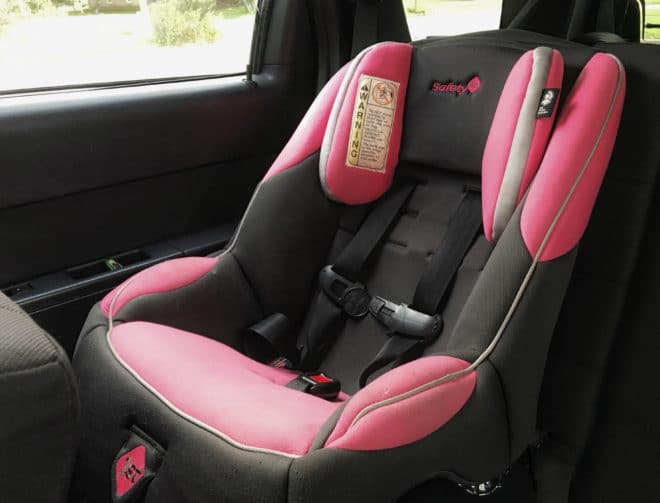Up to 40 kids every year die in the United States from heat stroke when left in hot vehicles. It’s an agony that no one should have to suffer from.
Sometimes it’s forgetfulness, but other times, it’s an utter selfishness from the driver.
Just in the past week, a Vancleave woman was arrested for leaving her 10-month-old, infant son inside of a hot car outside of their house for an undisclosed amount of time, resulting in the innocent child’s death. A death that the young victim had no control over.
The American Medical Response never wants to see catastrophes like this happen.
“Children fall victim to the heat faster than adults…In just minutes, a child’s body can reach temperatures that can cause heat stroke, which leads to permanent brain damage or death,” clinical services manager for AMR Ryan Wilson said.
Wilson also noted that no matter what the weather is, a child should never be left unattended in a vehicle.
“Research has shown, even when outside temperatures are in the 70’s, vehicle interiors can quickly get hot enough to kill a child, The temperature inside a vehicle can climb 20 degrees in 10 minutes,” Wilson said. “The bottom line is: Never leave a child unattended in a car or truck, no matter what the outside temperature.”
Wilson and his team at AMR have provided a list of tips for making sure children remain safe:
- Leaving a window open or the air conditioner on does not adequately protect children left inside a vehicle. Take the child with you, every time, no matter how soon you plan to return to the vehicle.
- Teach children not to play in, om, or around cars.
- Always lock car doors and trunks.
- Keep keys out of children’s reach.
- Watch children closely around cars, particularly when loading or unloading items. They can slip into a vehicle unnoticed and get trapped inside.
- Make older children who can get in and out on their own to exit the vehicle at each stop.
To avoid overlooking a small child restrained in a car safety seat, use these tips:
- Tie one of your small child’s small toys or a pacifier to a string and hang it around your neck. When you leave the vehicle, even if you forget the toy is hanging from your neck, someone else is likely to mention it.
- Place an unmistakable reminder of your child’s presence where you’ll be sure to see it before you leave the vehicle. For example, place a brightly-colored stuffed toy in plain sight on the passenger seat next to the driver. Clear off all other items on the seat so you are more likely to notice the reminder when you exit the vehicle.
- Keep a large Teddy bear in the child’s safety seat when the seat is empty and move the bear to the front seat next to the driver when the child is in the safety seat.
- Put in the back seat next to the child an item you have to take with you when you leave the vehicle, such as a cell phone, purse or briefcase.
- Do not rely solely on electronic devices designed to alert you that you have a small child a safety seat in the back of your vehicle. Some years ago, NHTSA reported that such devices can malfunction due to a variety of causes.* If you use an electronic alert device, be sure to use additional methods to remind you of the child’s presence.
- Get in the habit of checking your vehicle’s interior, front and back, before walking away. Child passenger safety experts use the expression, “Look before you lock.’
- In most households with children in daycare, the same parent takes the child to the daycare center almost every day. When the other parent takes the child to daycare, the parents should agree to call each other right after the time the child should have been left at daycare, to make sure the “drop” went as planned.
- Be wary of child-resistant locks. Teach older children how to unlock the door if they become trapped in a motor vehicle.
Wilson said car trunks are especially hazardous for children who can get out of booster seats or safety belts on their own. To prevent a child’s getting trapped in a scorching trunk, he advised:
- Keep the trunk of your car locked at all times, especially when the vehicle is parked in the driveway or near your home.
- Some cars have fold-down rear seats that, when lowered, allow access to the trunk. Keep rear fold-down seats closed up against the trunk to keep kids from getting into the trunk from the passenger area.
- Some newer vehicles have a safety latch inside the trunk. Teach older children where that latch is and how to use it.




